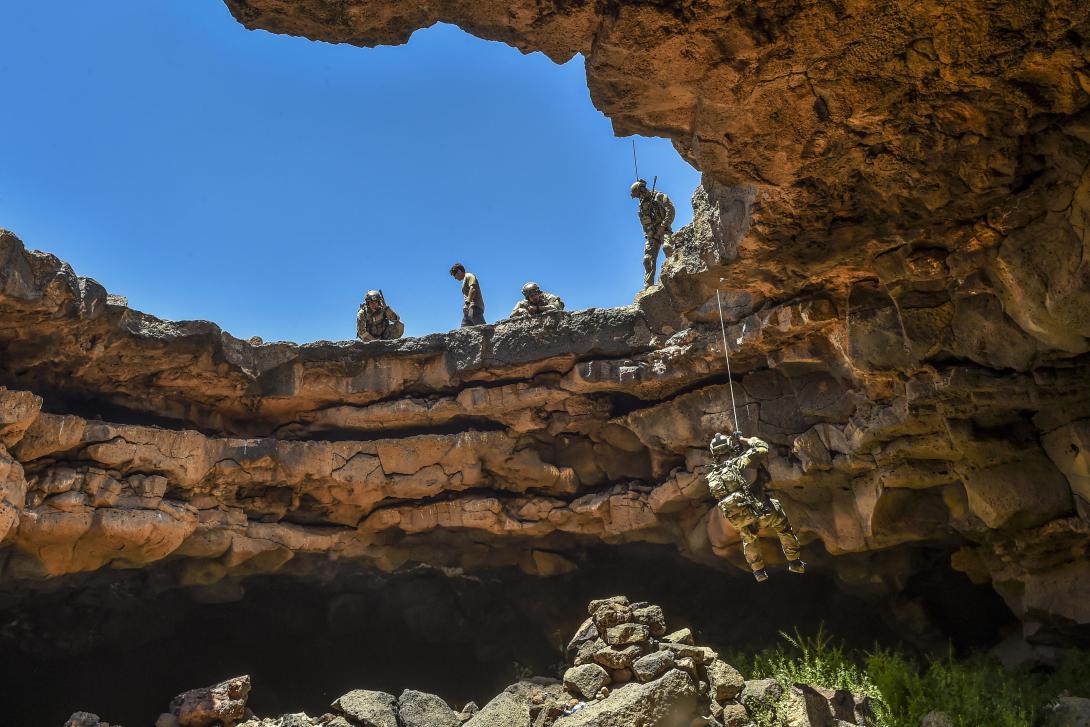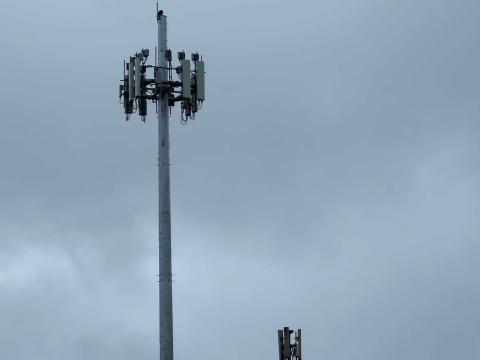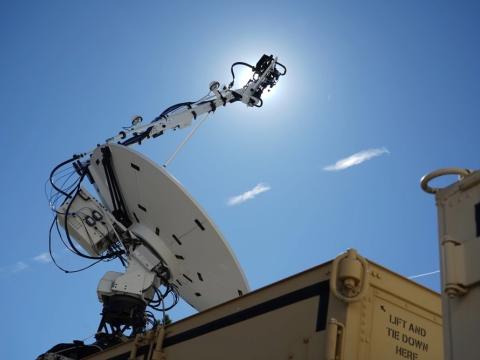Special Ops Command Woos Nontraditional Technology Developers
Special operations forces require a variety of systems—everything from satellites to submarines—to accomplish their mission, and officials are looking outside traditional circles for solutions. By the end of this month, they expect to decide on a path forward for problem solvers who fall outside of the norm and their new methods and ideas touching on biotechnology, machine learning and the Internet of Things.
U.S. Special Operations Command (SOCOM) had not exactly closed the door to nontraditional companies, which usually refers to small businesses, even startups, that do not normally work with the Defense Department. But the command is improving its communications with those vendors and expanding outreach, says Lisa Sanders, who recently returned to lead the command’s Science and Technology (S&T) Directorate. “We realized we had a communications problem. If people don’t understand the operational environment or don’t understand the capabilities we have now, it’s very hard to understand what they can bring to the table,” Sanders states, adding that the capability gaps include everything from personnel-based systems to sensors, communications and platform improvements.
She and her team recently completed a draft list of “hard problems,” which includes small-unit dominance and mission-assured communications. “The intent is to use those to provide a strategic message to technology developers who are interested in supporting the special operations community but don’t have the context or know-how to understand our problems,” Sanders elaborates.
Her office also recently held an open innovation challenge asking a straightforward question: What technology has the greatest potential to affect special operations forces in 2027? The directorate selected 10 papers for prizes of $1,000 each and offered a follow-on prize to winners presenting their papers at an October workshop. Ideas included advances in biotechnology, machine learning and data analytics, and the Internet of Things and the connectedness of sensors, Sanders reports.
By year’s end, she expects to decide which solutions are worth pursuing. “That will help me shape what I ask for in my next year’s proposal call, which will be in the spring,” she offers.
SOCOM officials in recent months also have stressed the need for advances in size, weight and power requirements for electronic equipment to ease warfighters’ loads. Sanders notes that industry continues to make strides in these areas with electronic power systems. “The difficulty from a military application is that oftentimes the commercial solution doesn’t pass our safety standards or isn’t compatible with some of the other devices, so figuring out how to adjust commercial power systems to support our needs is an area for improvement,” she says.
In other areas, dramatic advances may have stalled. For example, she expresses doubt that body armor can be reduced much further in size or weight. “We’re approaching the limit of our ability to make a difference there. Now, when people make an improvement to the size and weight of body armor, it’s single-digit percentages. We’re just not making the progress we need,” says Sanders, who recommends exploring new approaches to protect warfighters.
In the meantime, the S&T Directorate has been linking nontraditional partners with special operations troops and government technology developers. “By bringing together different communities and their ideas, this is where you get the teleporter idea or where you get the Internet,” Sanders asserts.
In a series of brainstorming sessions, her team of researchers and special operators are placing technologies into broad categories, which likely will include materiel solutions, operational policies and unknown problems. The materiel solutions, Sanders offers, will most likely be disruptive products that can be seen and touched. The problems-not-yet-known category could include insights into how adversaries might creatively connect different technologies and use them against U.S. forces, as one example.
Sanders says solutions are being examined in the context of peer or near-peer competitors—adversaries whose resources and technologies closely match U.S. capabilities. During conflicts in Iraq and Afghanistan, U.S. forces had a sizable technological advantage, but that is not likely to be the case in future conflicts. “We’re just beginning to understand the ramifications of this kind of engagement, but the questions are certainly being asked. As we work through that, that will help us to shift our science and technology investments,” she adds.
The possibility of fighting without a technological edge is part of the reason that SOCOM is more vigorously pursuing creative thinkers. While the United States has been engaged in Iraq and Afghanistan, Russia, China and other potential adversaries have greatly advanced electronic warfare technologies and other capabilities, leaving U.S. forces playing catch-up.
Sanders notes that electronic warfare has always been a game of catch-up. A new capability leads to a new countermeasure, and then that counter also must be countered. The problem may require a new strategy, she suggests. “We’re trying to identify how we could achieve the effect in an environment that is contested … by focusing on the objective versus the technology,” Sanders states. “If my objective is to know where I am at all times, why do I need to know where I am at all times? Is it that I only need to know where I am within my small team, or do I need to know where I am in real time on the Earth? If you ask the question differently, you come up with different solutions.”
The S&T Directorate has three doors open to nontraditional solution providers, she says. One is a cloud-based system called Vulcan. “If someone has an idea, they can go in and send an email to that address and say that they want to load their technology into Vulcan. That gets across the [SOCOM] technology enterprise and gives us an ability then to follow up and ask for more information,” Sanders points out.
She lists technical experimentation as the second venue. The experiments are held three or four times annually and allow scientists and special operations troops to try out cutting-edge systems. Technology focus areas for the next fiscal year include combat diving, optics, biometrics, advanced sniper rifles, cognitive enhancement, mobility, small unmanned aerial systems, cyber, and command, control, communications and computers. The next events will be March 26-30 at Muscatatuck Urban Training Center, Indiana, and July 17-21 at Fort A.P. Hill, Virginia.
Sanders cites SOFWERX as the third pathway for nontraditional contractors. “If they just want to explore the art of the possible, they can go to our SOFWERX ecosystem. That will show them some of the things we’re looking at,” she says. Sanders adds that it is not unusual, or unwelcome, for vendors to walk in the door and pitch their ideas at the SOFWERX facility in the Tampa area.
While preparing for tomorrow’s conflicts, the S&T Directorate also fields solutions for today’s warfighters. Sanders mentions a “magnetically coupled antenna” for maritime platforms to improve communications in austere environments. She also cites a “shark bite” field dressing that “can seal and put pressure on irregular wounds” to stem bleeding and mentions a base layer of clothing that cools the body when it is hot and provides warmth in cold environments, including underwater.
The SOCOM public affairs office declined requests for an interview on one of the command’s most high-profile technology projects, the Tactical Assault Light Operator Suit. It has been dubbed the “Iron Man” suit for its resemblance to the armor of Marvel’s comic book and movie hero. The suit is intended to offer special operators better protection and enhanced capabilities, including increased survivability, lethality and situational awareness and decreased time to engage targets.
Earlier this year, the command issued an update on the program, indicating that scientists are on track to unveil a prototype this summer for testing and further design advancement.






Comments